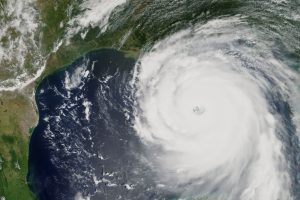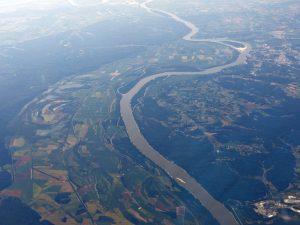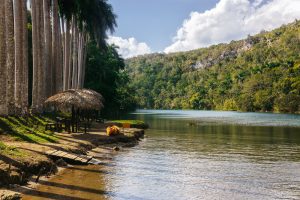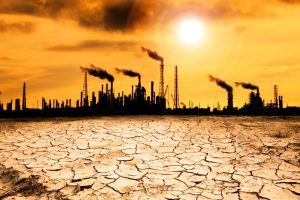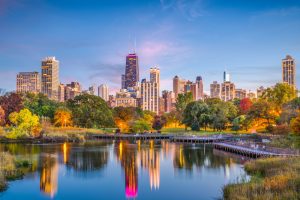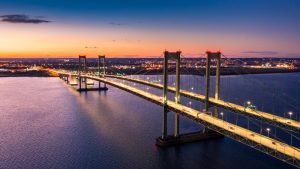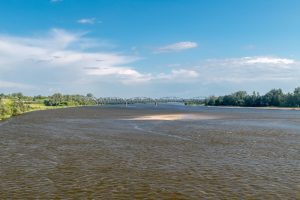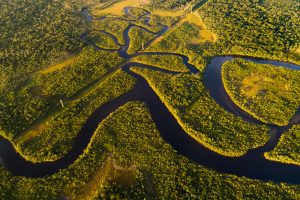What makes a river flow backward? It can be several things, from shifts in the weather to it being man-made.
For instance, the Chicago River’s flow was forced to shift in a different direction because it was becoming polluted. This river’s flow was a man-made shift to protect the city’s drinking water system.
Other rivers, such as the Mississippi, have had their flow shifted during several strong hurricanes. The natural force of the wind is actually capable of causing the water’s current to turn around and flow in a different direction.
Table of Contents
Why does the Chicago River flow backward?
City officials were fearful the pollutants and raw sewage dumped in the river would pollute drinking water.
Therefore, the river’s flow was reversed permanently, and the polluted water was sent into the Mississippi River.
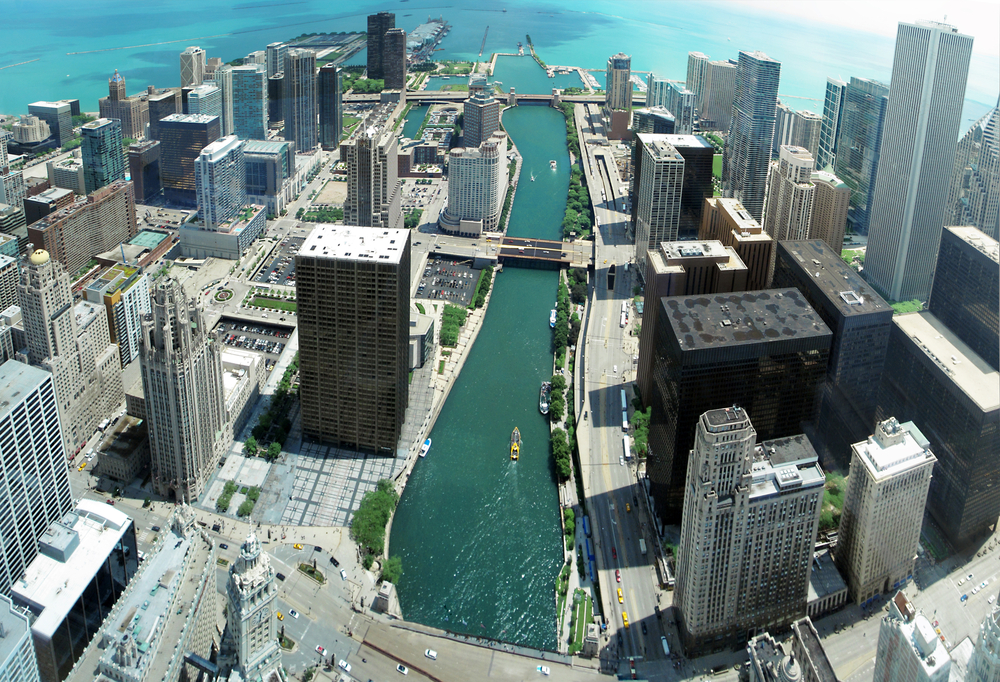
As one of the biggest Chicago attractions, engineers reversed the Chicago River’s flow into Lake Michigan. This was done to prevent polluting the city’s drinking water with the sewage and waste that drains into the lake.
The city was worried this pollution would create citizens to become ill with waterborne diseases like Typhoid fever.
What other rivers flow backward?
The Mississippi River is another river that’s flow was reversed in 2005 during Hurricane Katrina and again in 2021 during Hurricane Isaac.
It is common practice during a hurricane for the flow to reverse along the routes that are on the coast. This happens because the force of the storm creates a backward current.
During Hurricane Ida, the storm was so forceful that it created a complete reversal in the Mississippi River’s current. The wind caused trees to snap like twigs and roofs were ripped off buildings.
Water flooded the roadways and cars were completely submerged.
Do any rivers flow north?

There are many rivers that flow to the north. Two of these rivers are the St. John’s River and the Nile River. However, the St. John’s River also flows to the south, so it is incorrect to assume it only flows northward.
A river is a waterway that serves as a way for freshwater to have a natural runoff over a landscape into different altitudes.
The flow direction of a particular river is regulated by the topography of the headwater and the river’s opening.
What determines a river’s course?
Like other things, a river flows in a downhill direction due to gravity. It takes the path of least resistance. The path taken could be to the west, east, south, or north, and somewhere in the middle.
A river sometimes makes a complete circle as it is flowing. They go off in several different ways, some even climb slight slopes and lower grades of hills.
Some refer to the way a river flows as up being north and down being south. However, the compass does not influence a river’s flow. These people believe that the south is always lower than the north.
Yet, there are areas on planet Earth in which the south is actually higher (topographically) than the north.
How does a river change its course?
Many rivers, over a geological time frame, have actually altered the course in which they flow. This was due to Pangaea breaking up into a supercontinent. Which was the start of a process called mountain building.
Almost 250 million years ago, along the western coastal regions of North and South America, this very thing happened. Two giant rivers, the Mississippi and Amazon, instead of emptying into the Atlantic both did so in the Pacific Ocean.
How a river’s changed course helps the world
During that time, Africa did not have its own separate coastlines. Therefore, certain rivers, such as the Nile, had sediments inside their bigger inner lakes.
New deltas were constructed along the coast of African rivers that were post-drift. This created a sudden alteration in the river’s current order of flowing.
Sometimes these rivers would become waterfalls or rapids as they descended down a high plateau. This activity results in the majority of hydroelectric power the world now gets from Africa.
Why do rivers reverse their flows?
In response to various factors, a river may reverse the direction they flow. This might be a temporary or permanent reversal.
Some of the reasons are a shift in geological activity, climate change, weather events, and even intervention by humans.
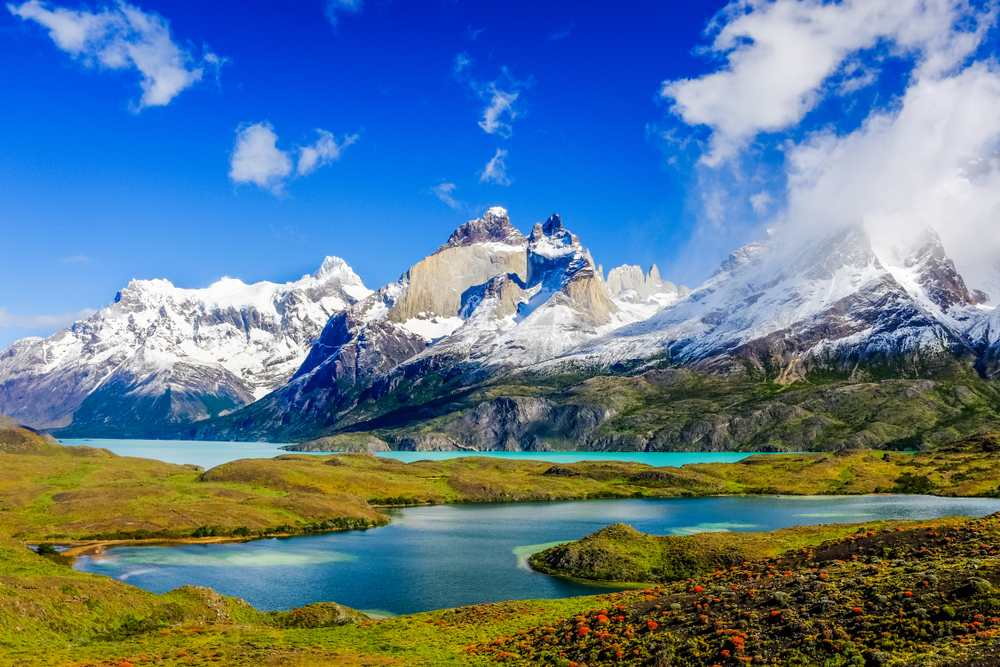
Two rivers that made permanent transitions to their flowing pattern include:
- The Amazon River originally used the Pacific Ocean as its outlet. Due to the formation of the Andes Mountains, the flow was altered towards the Atlantic Ocean.
- Because of the construction of the Chicago Sanitary and Ship Canal, the Chicago River permanently altered its flow from Lake Michigan to the Mississippi River.
Sometimes a storm, such as a hurricane, will cause a temporary surge in the flow of a river.
Here are some rivers that experience a temporary change in flow:
- In 2017, a storm surge caused the Chicago River to alter its outlet toward the Mississippi River.
- A tectonic uplift, in 1812, created by earthquakes in New Madrid forced the Mississippi River to shift towards the Gulf of Mexico as its outlet. In 2005, Hurricane Katrina, in 2012 it was Hurricane Isaac, and recently in 2021, it was Hurricane Ida.
Some rivers make a regular reversal to the order in which they flow. The rivers that do this include:
- The tide in the Upper New York Bay causes the Hudson River to change its flow on a semidiurnal basis.
- In Central America, the winter rains that flood the Pasion River cause the Petexbatun River to shift its outlet to the Pasion River. This occurs on a yearly basis.
- Each year, around the 15th of August, the Qiantang River in Asia uses Hangzhou Bay as its outlet. This change is due to Hangzhou Bay’s tidal bore.
- The tide in the Bay of Fundy creates a semidiurnal shift in the Saint John River to the Bay of Fundy in North America.
- Annual Monsoon flooding of the Mekong River in Asia causes the Tonte Sap River to alter its outlet to the Mekong River.
Reclaiming backward rivers
In Chicago, there is a celebration called “Reclaiming the Chicago River.” This event is open to the public and free of charge. The people of Chicago have a chance to come together during this event.
This is an opportunity for residents to voice their opinions and listen as others claim that the reversal of the Chicago River’s flow has disrupted their lives.
This event allows people to make a connection, reclaim their water, and relish in a sense of community. Tourists are welcome to attend this event as it shows how the community cares about the future of their city and water.
Conclusion
Natural water has always been somewhat of a fascination to us. Standing alongside the bank of a river can be relaxing as you listen to the ebb and flow of the current.
Water can also be scary and dangerous, such as during a hurricane with the current suddenly changing course.
Water can cause a lot of damage to personal property and has even cut human life tragically short.
However, although water can be dangerous, it does not impede our desire to visit lakes, rivers, and the ocean to take in the marvel and beauty it bestows.



